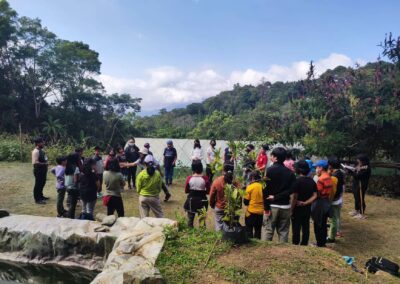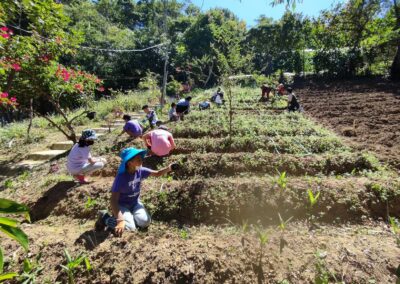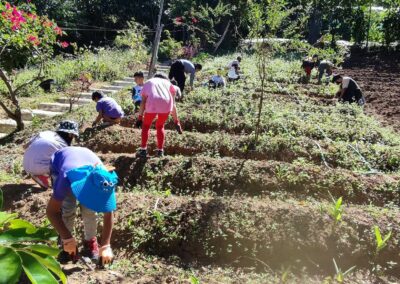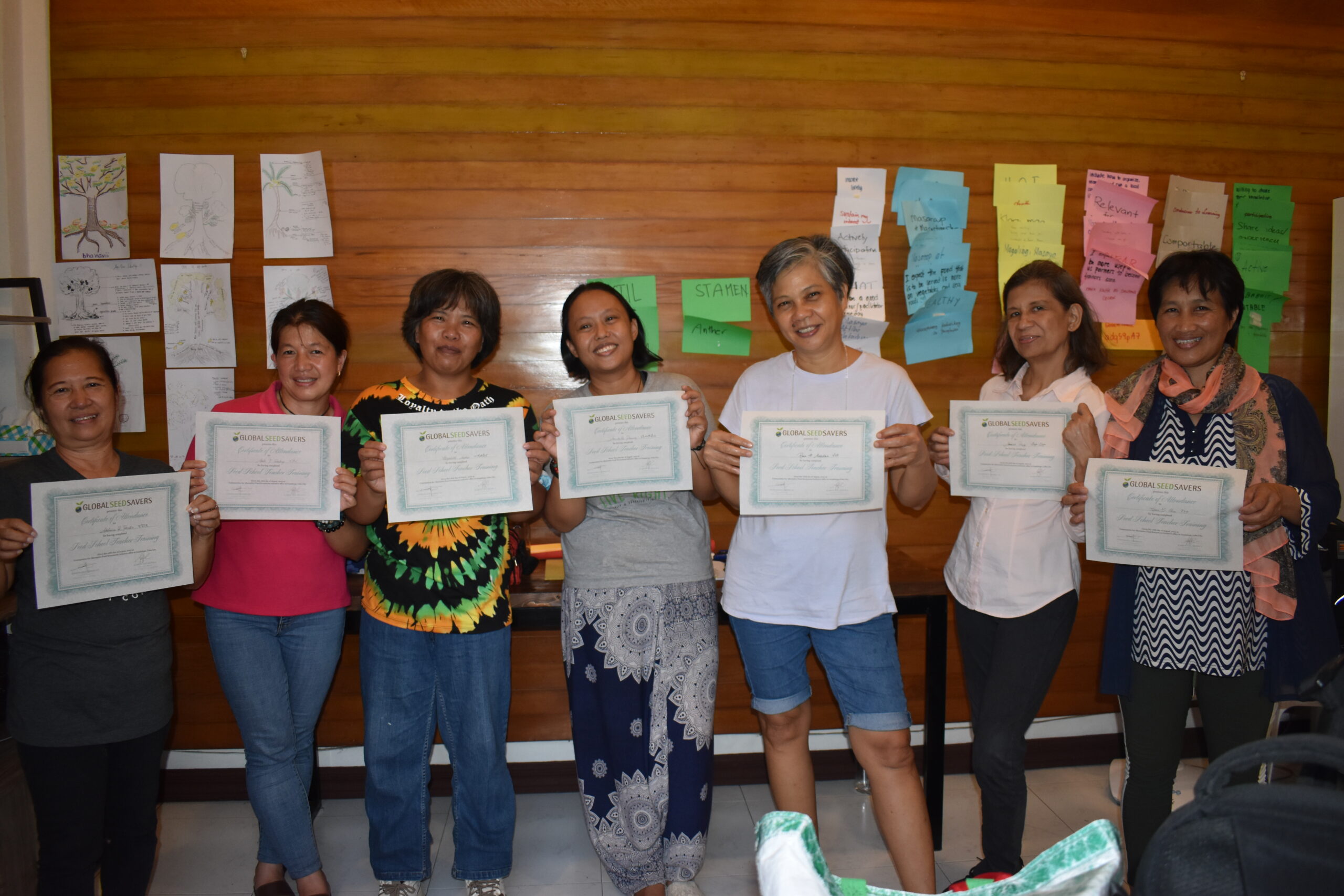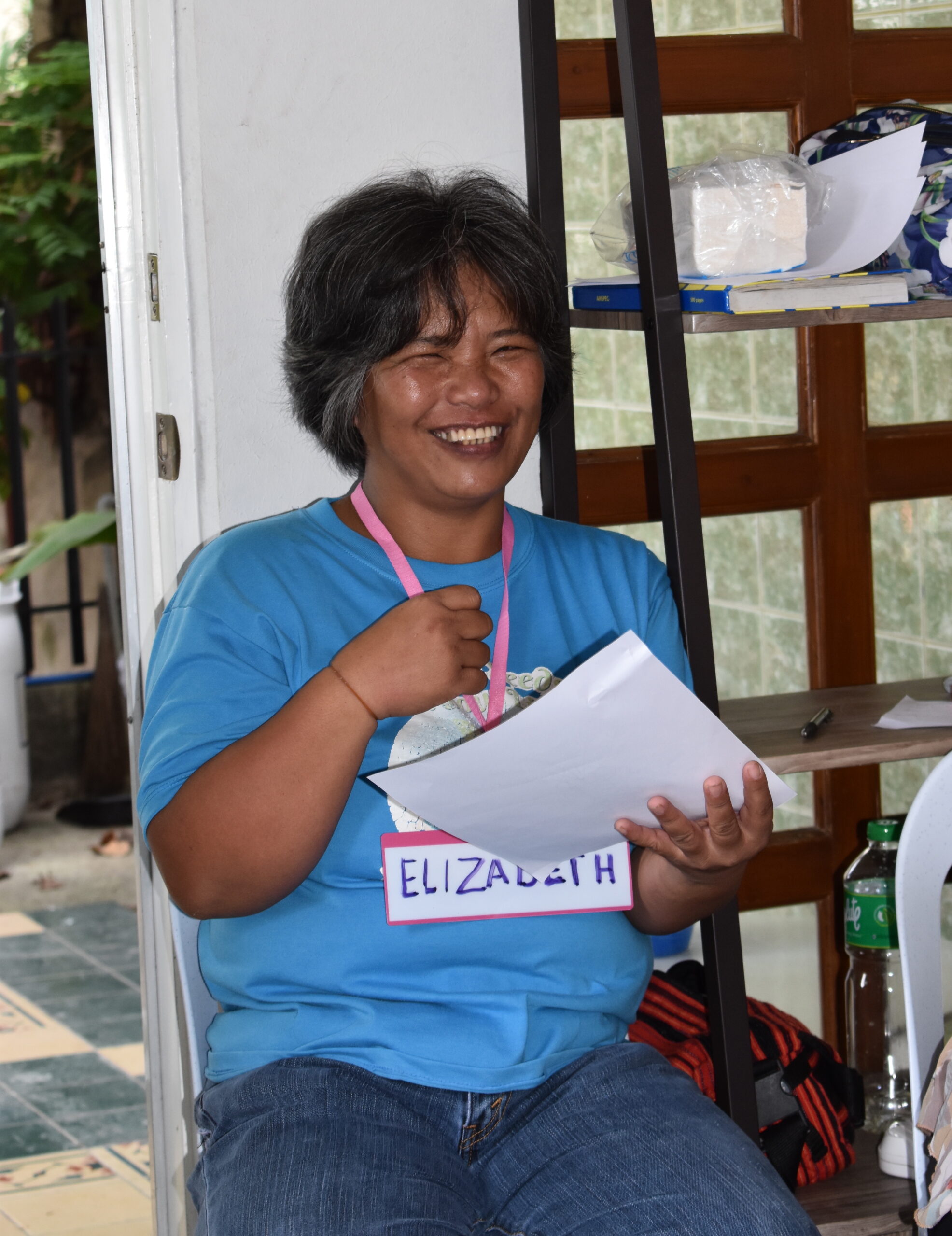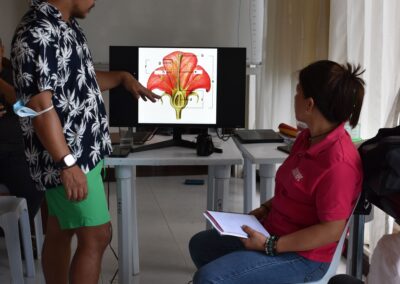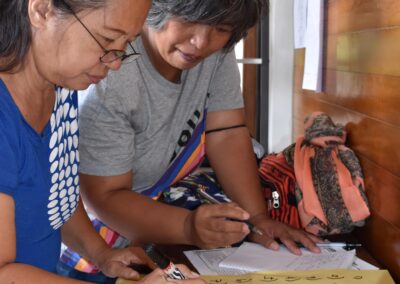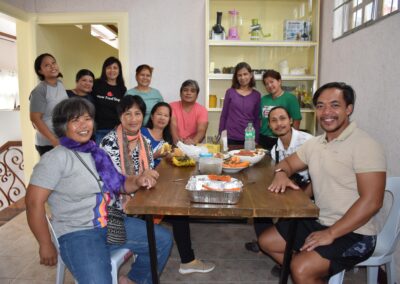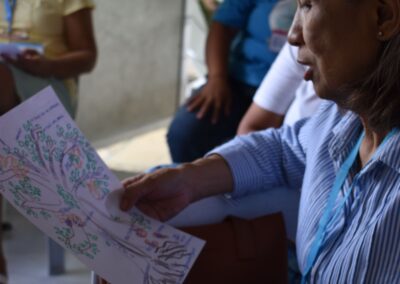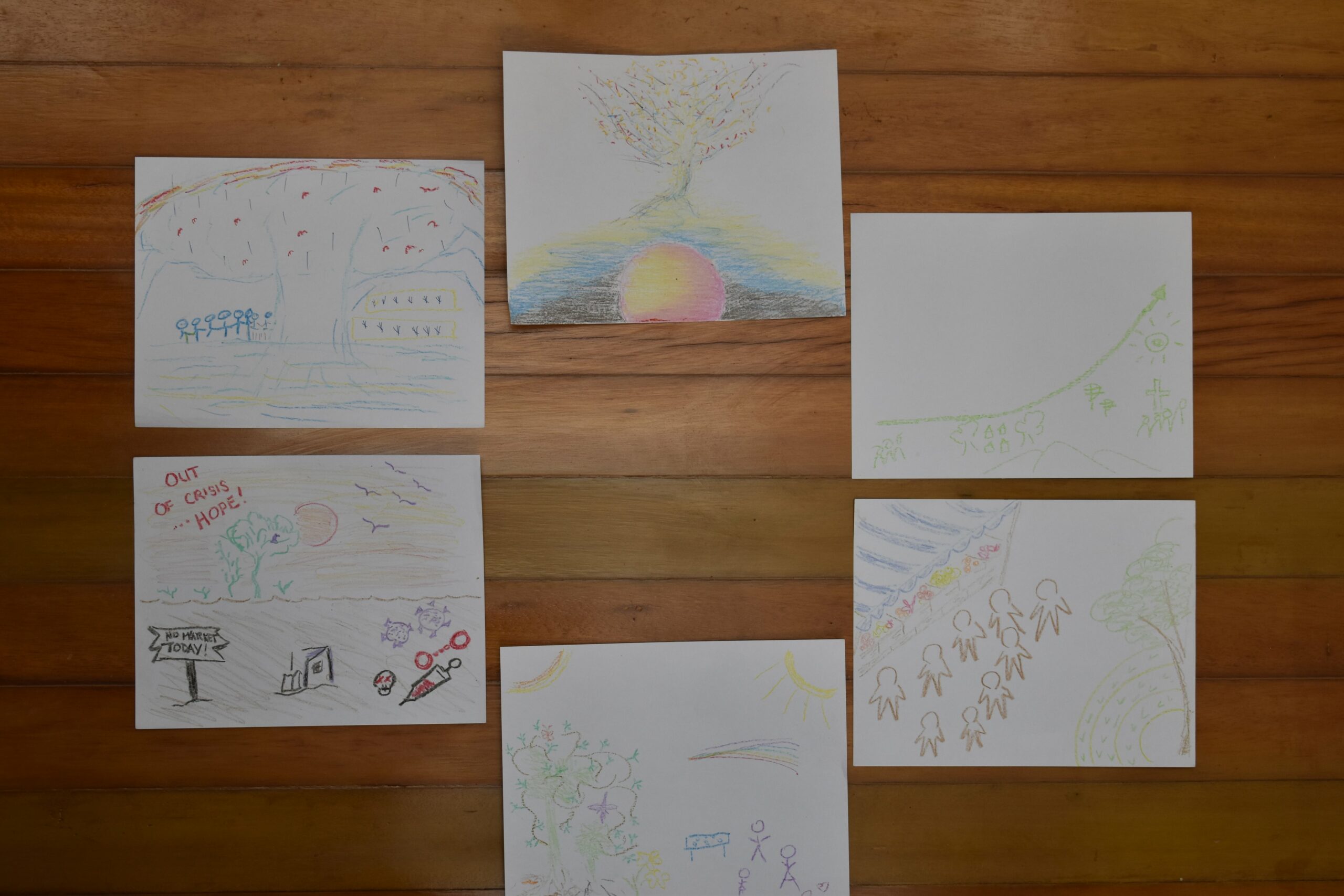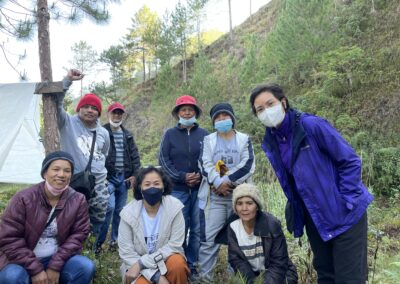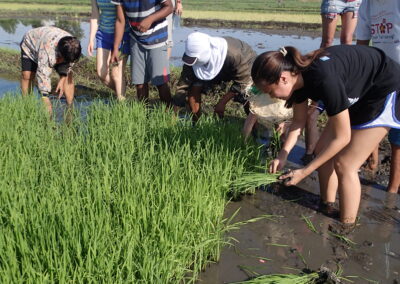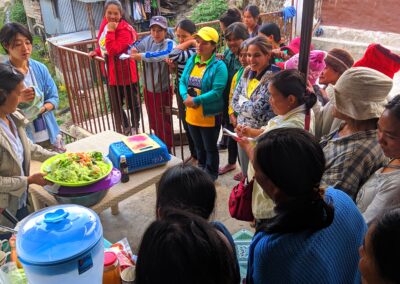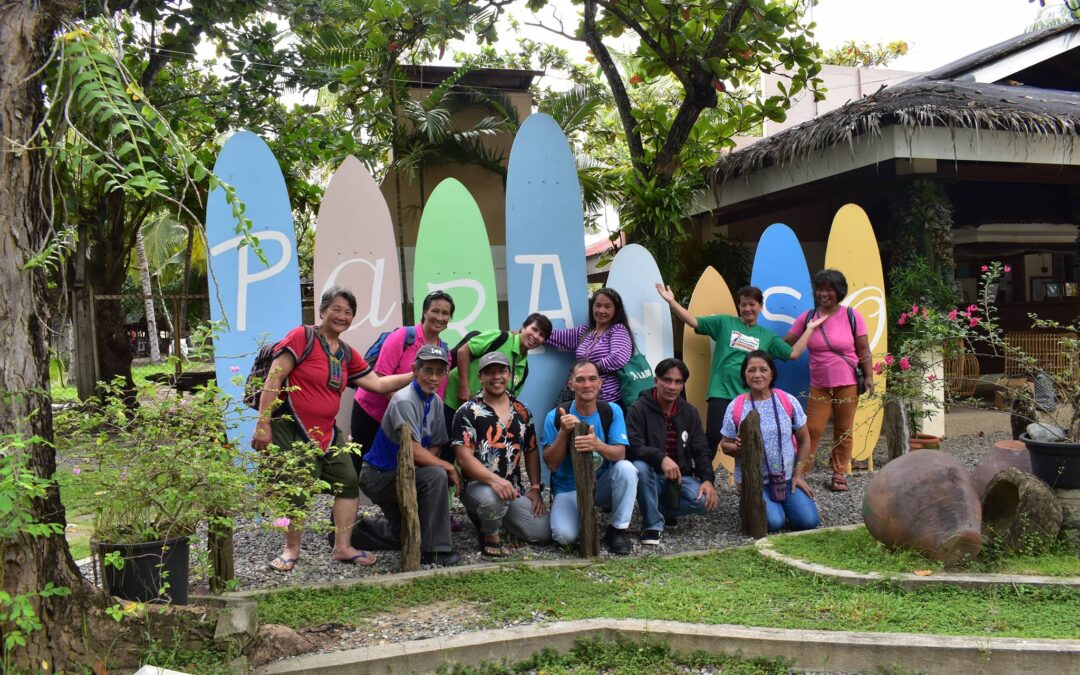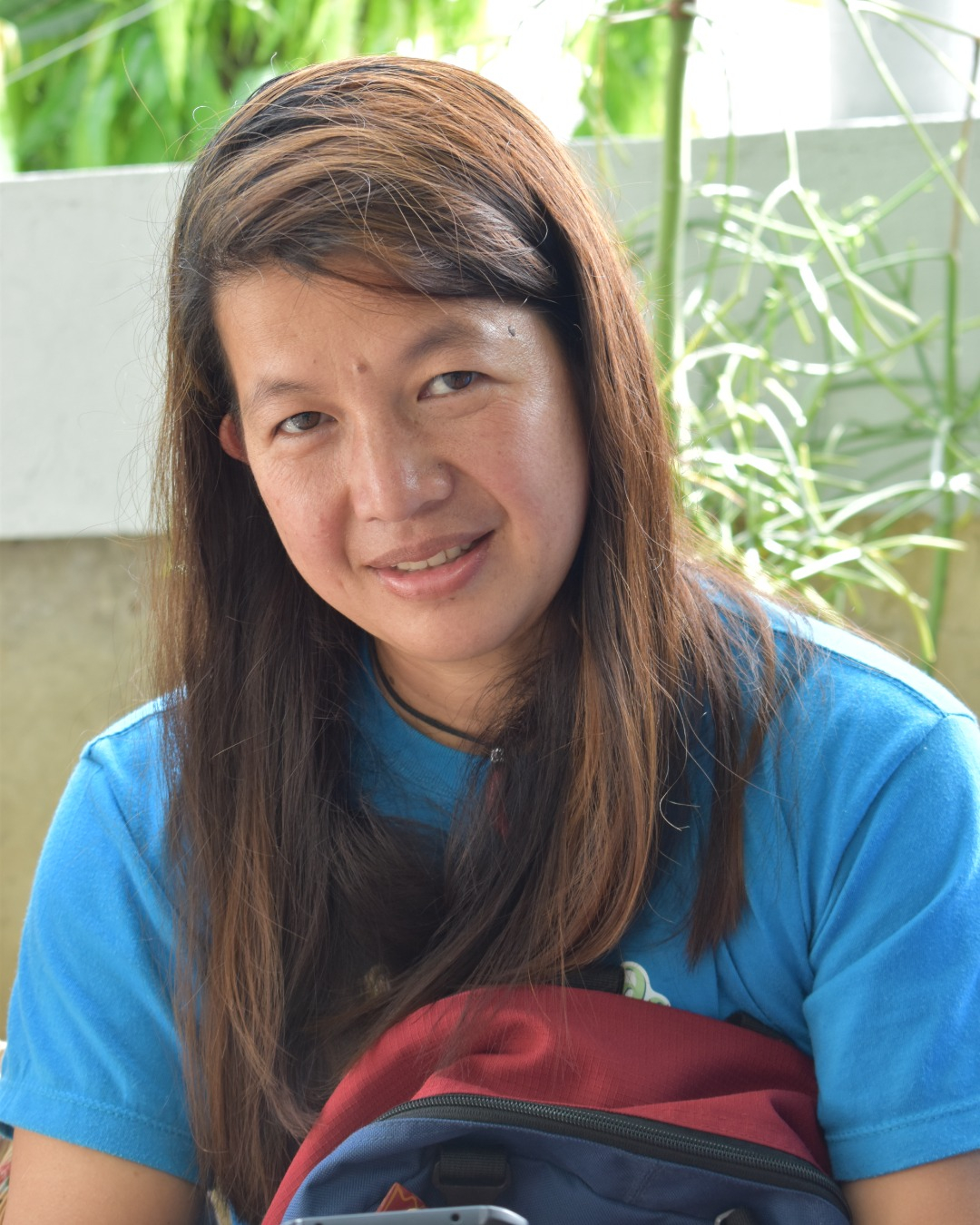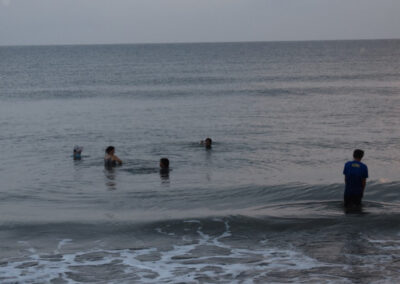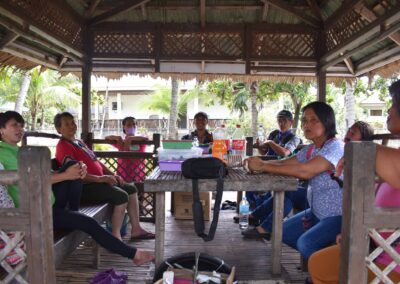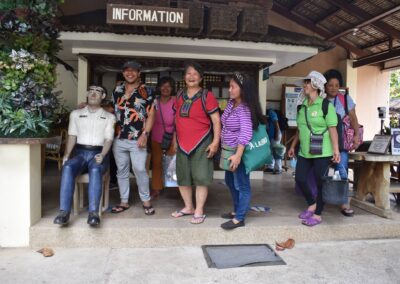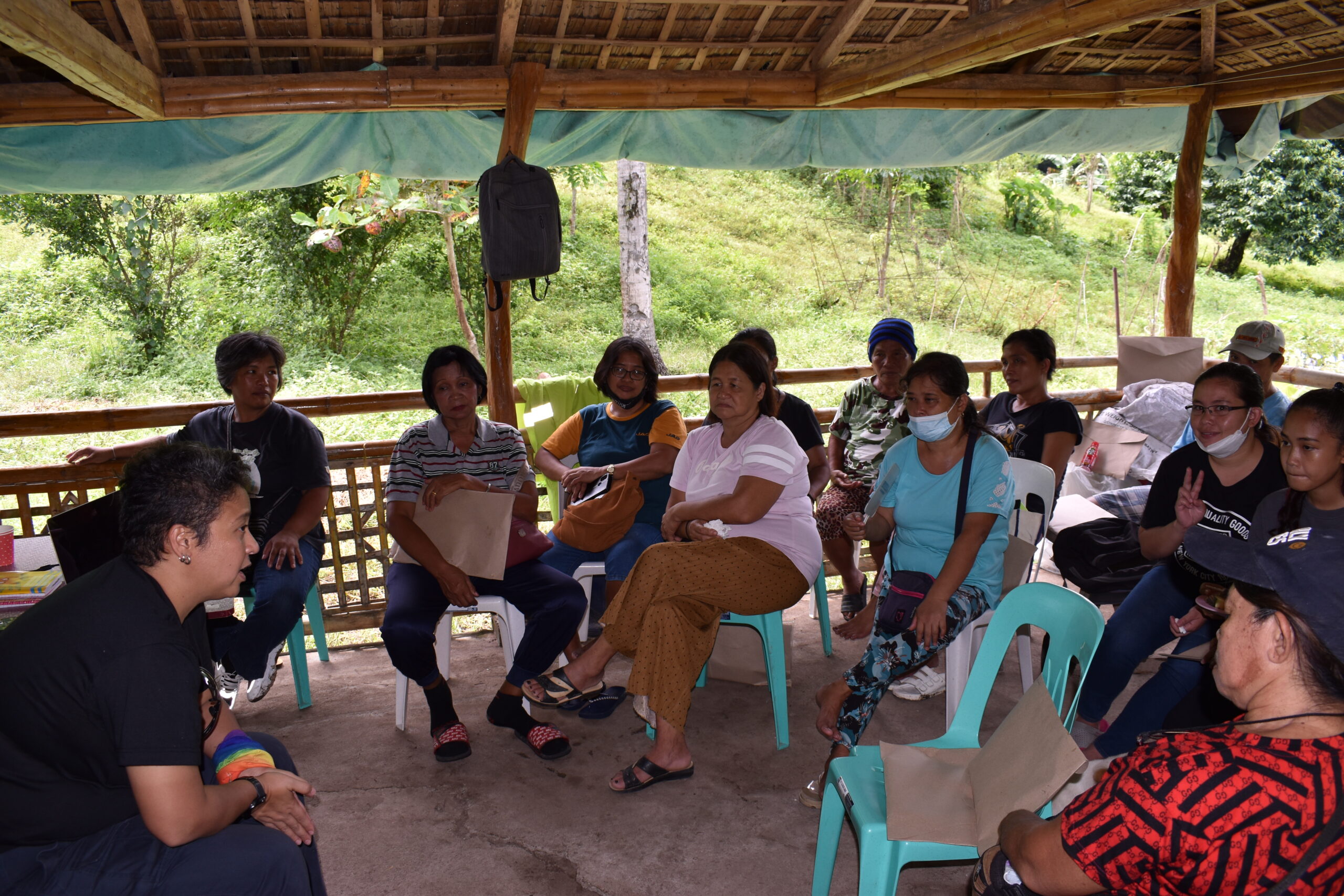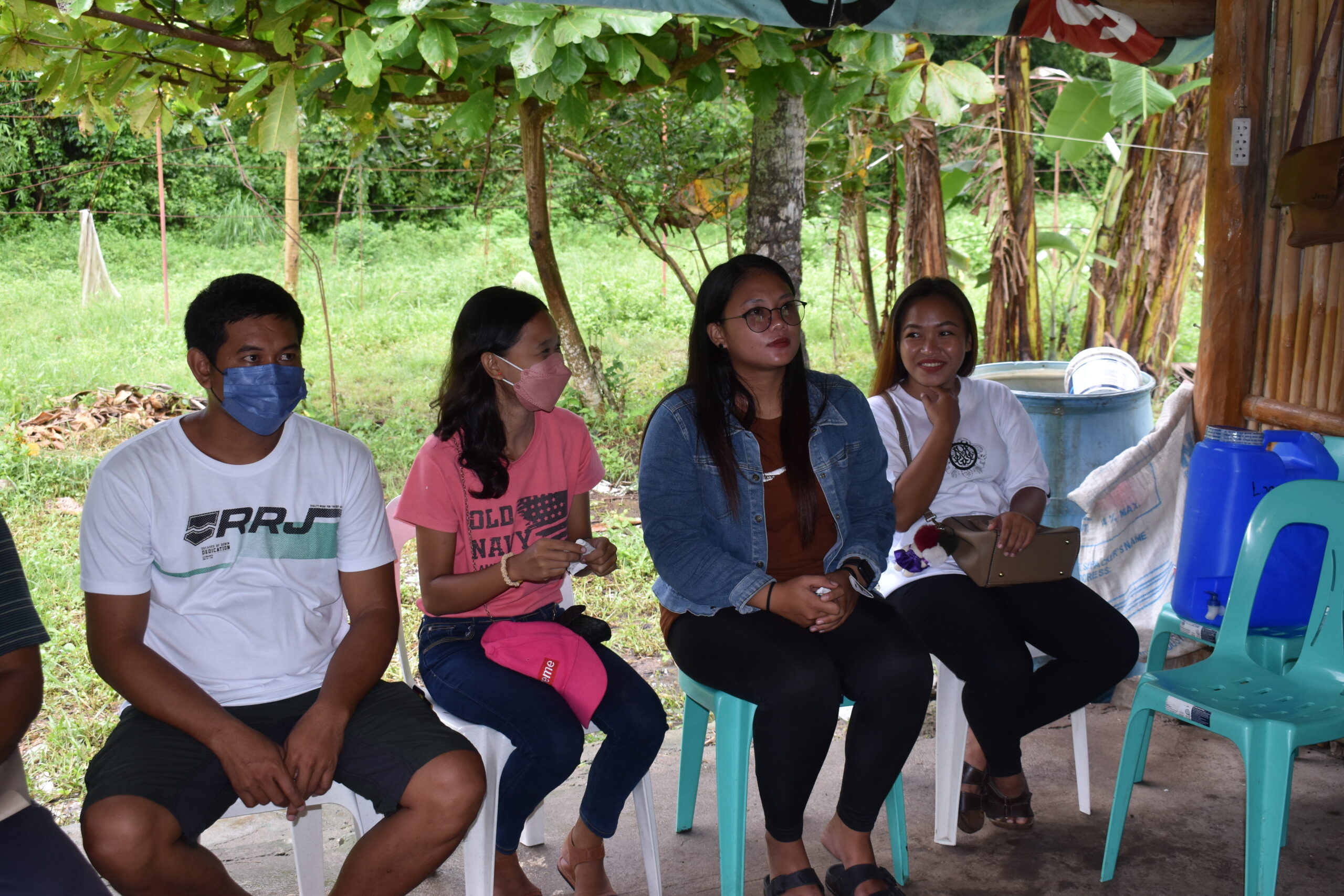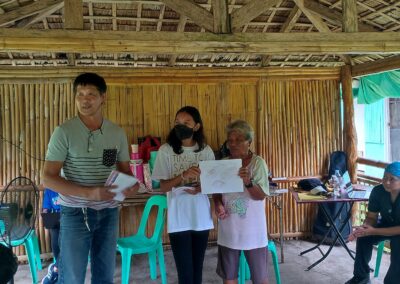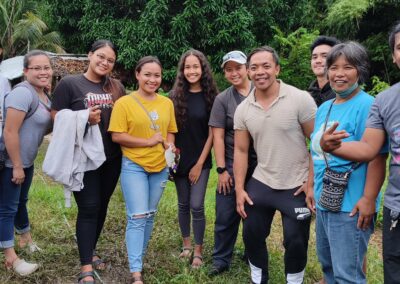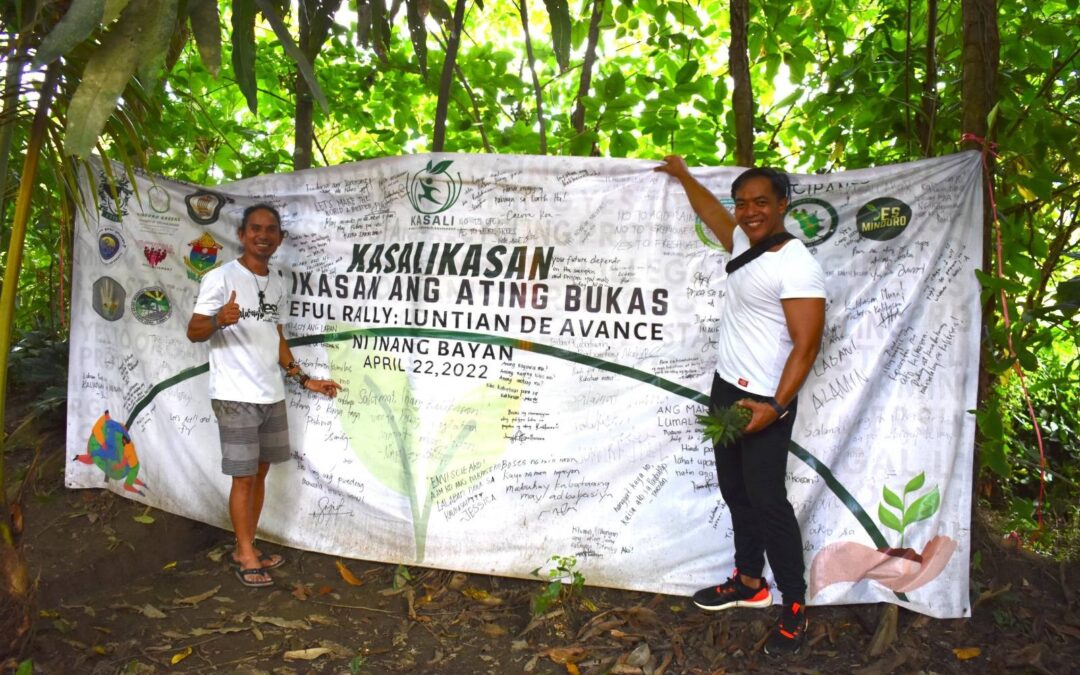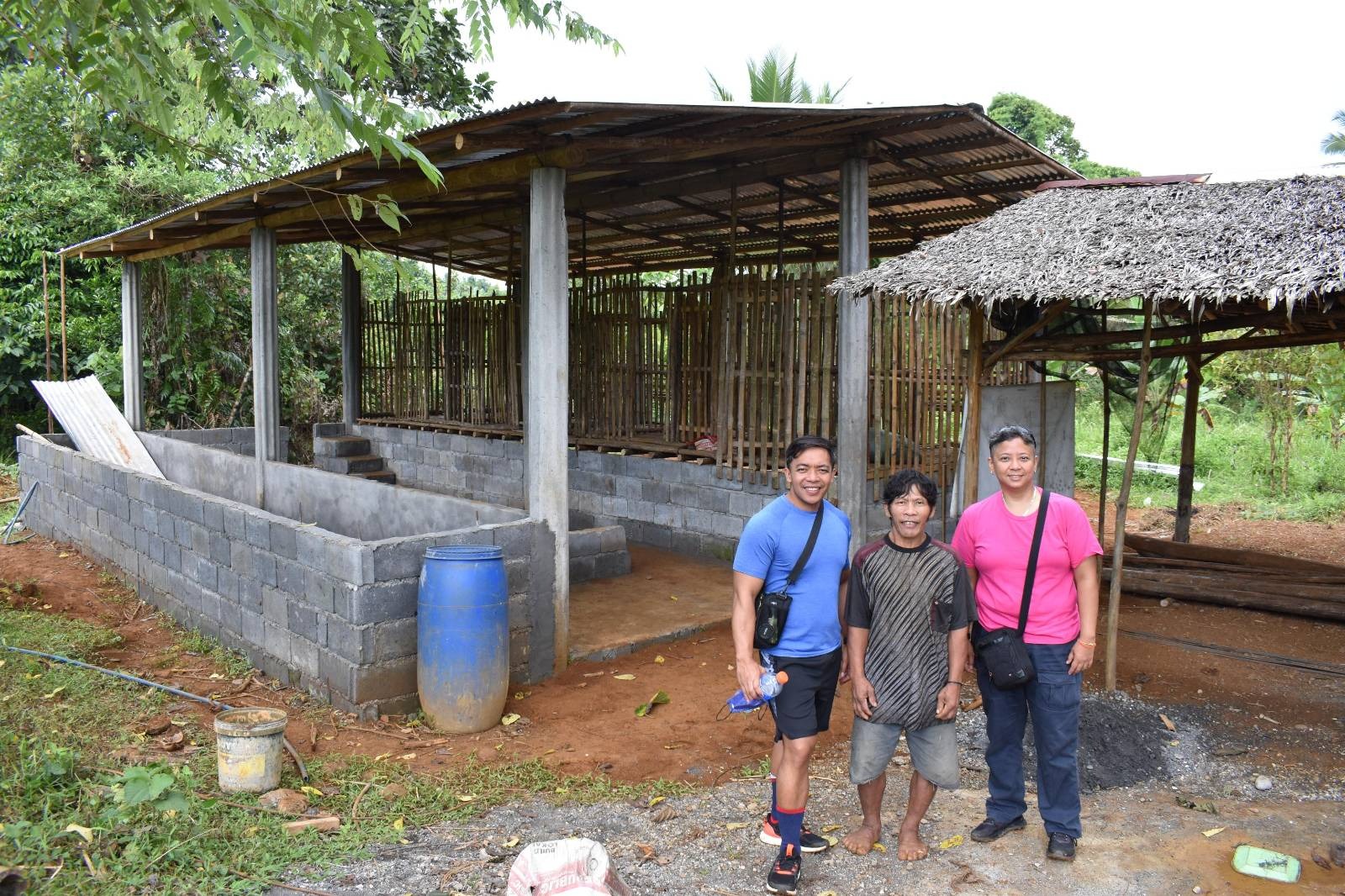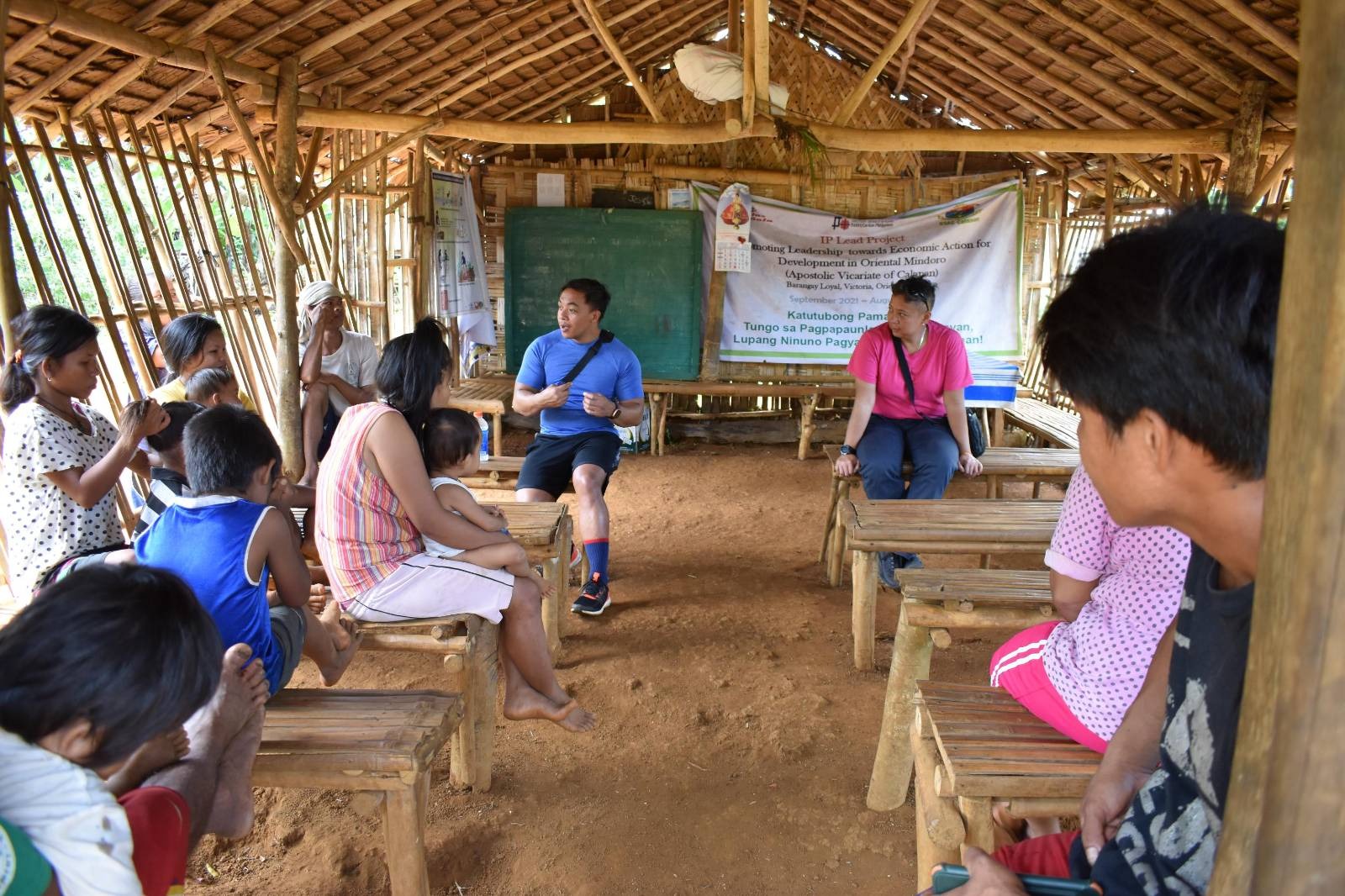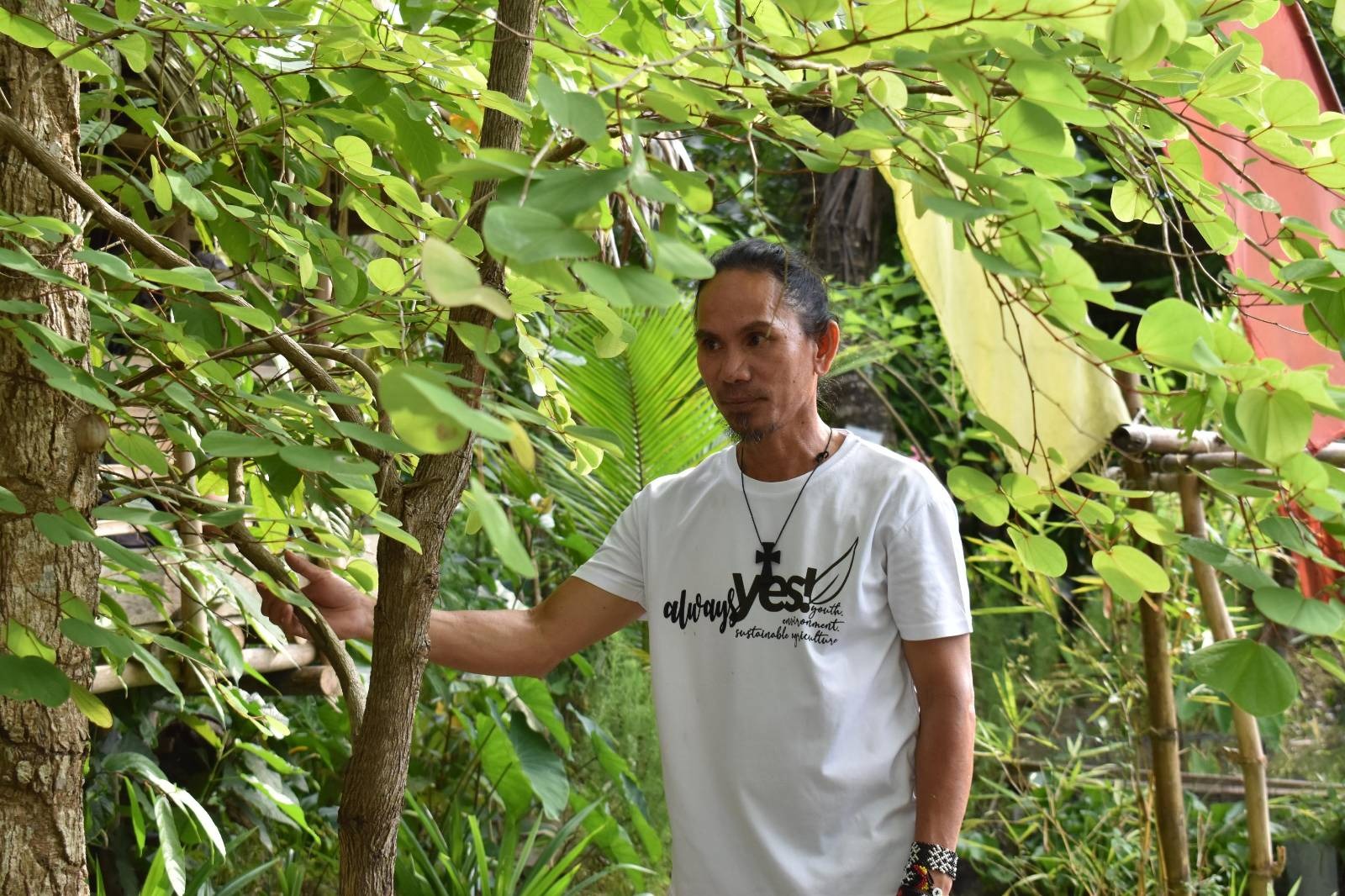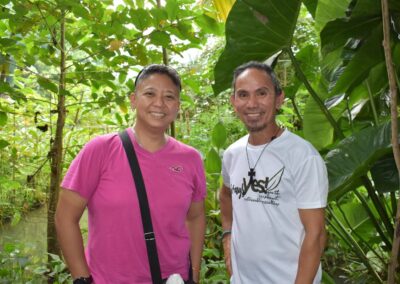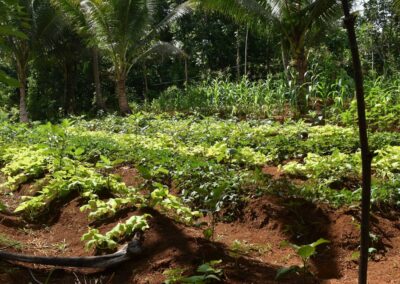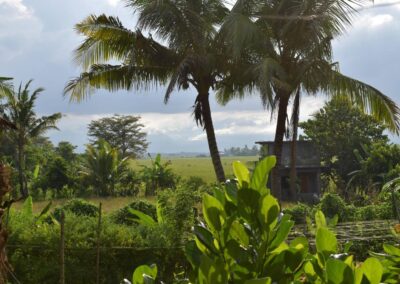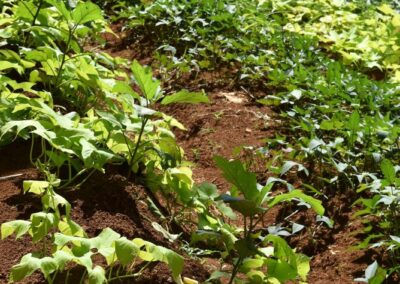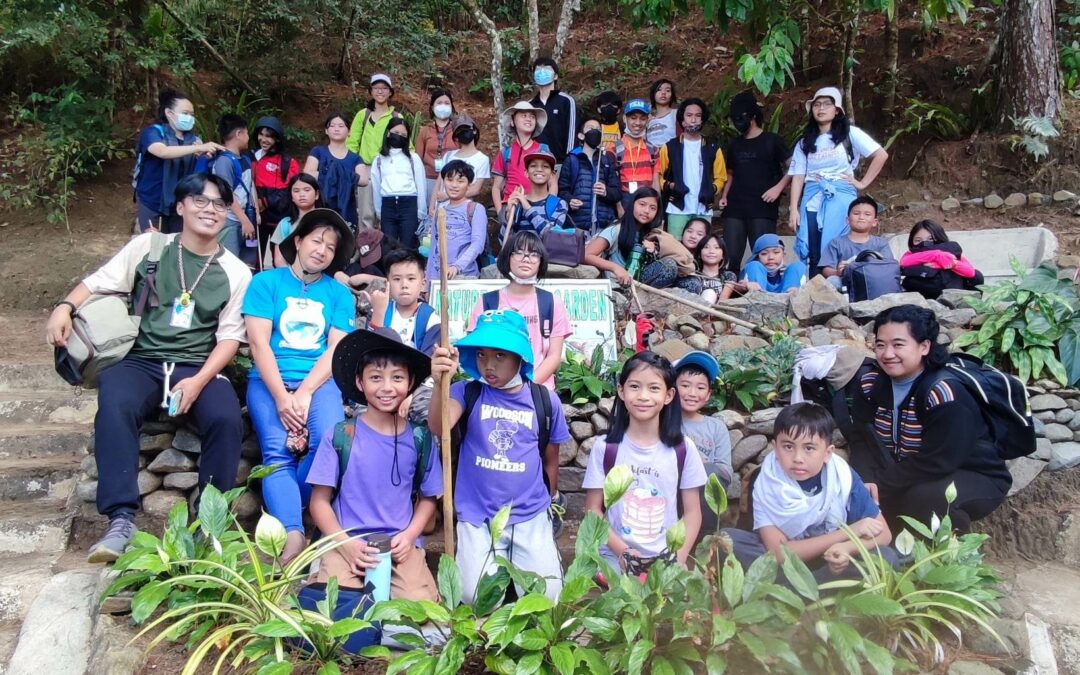
New Connections: Balay Sofia Students Visit BASS Farmer Anita’s Family Farm!
Balay Sofia, the only Steiner-Waldorf School in the Cordilleras, has once again paid a visit to Annette’s farm! This time, the school brought with them about 35 students from Grades 3, 4, 6, 7, and 8.
This trip was part of the school curriculum and was meant to give children a glimpse of farm life. During the visit, the students and their teachers collected weeds and processed them for composting. They also planted peas, which at present, are now thriving.
The kids got to interact with BASS farmers Anita and Elizabeth, and they also enjoyed their time with Anita’s farm pet mouse!
While this visit is not yet an official program of Global Seed Savers, we are honored to have the opportunity to create these connections between farmers and the youth. We believe that through these interactions with farmers who painstakingly grow food in healthy and sustainable ways, these children will become the new generation of conscious consumers who will become advocates for sustainable food systems.
